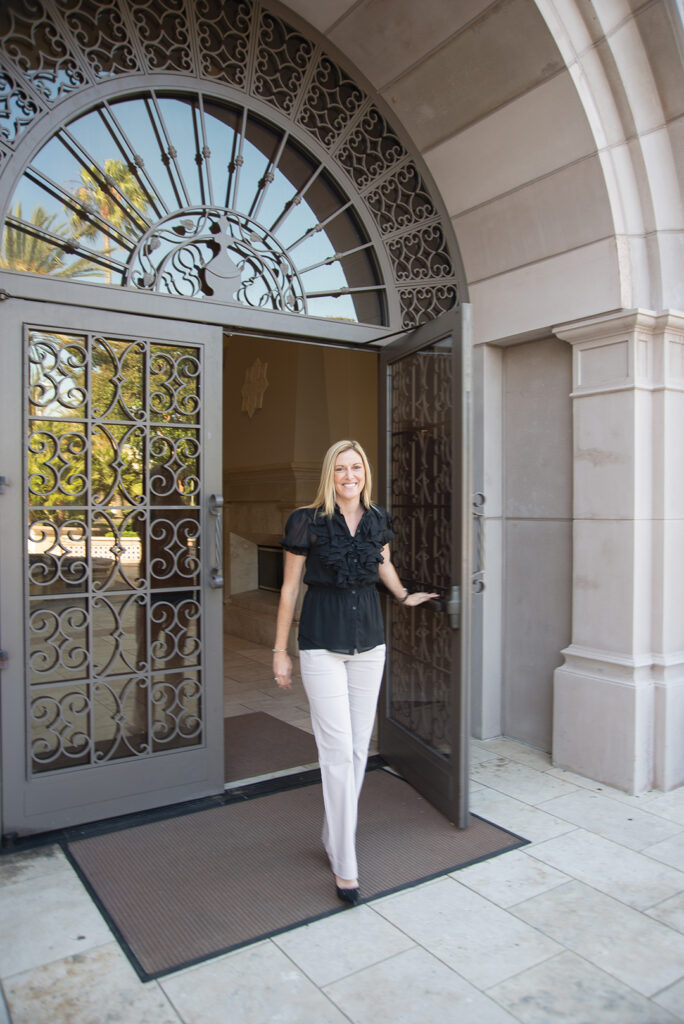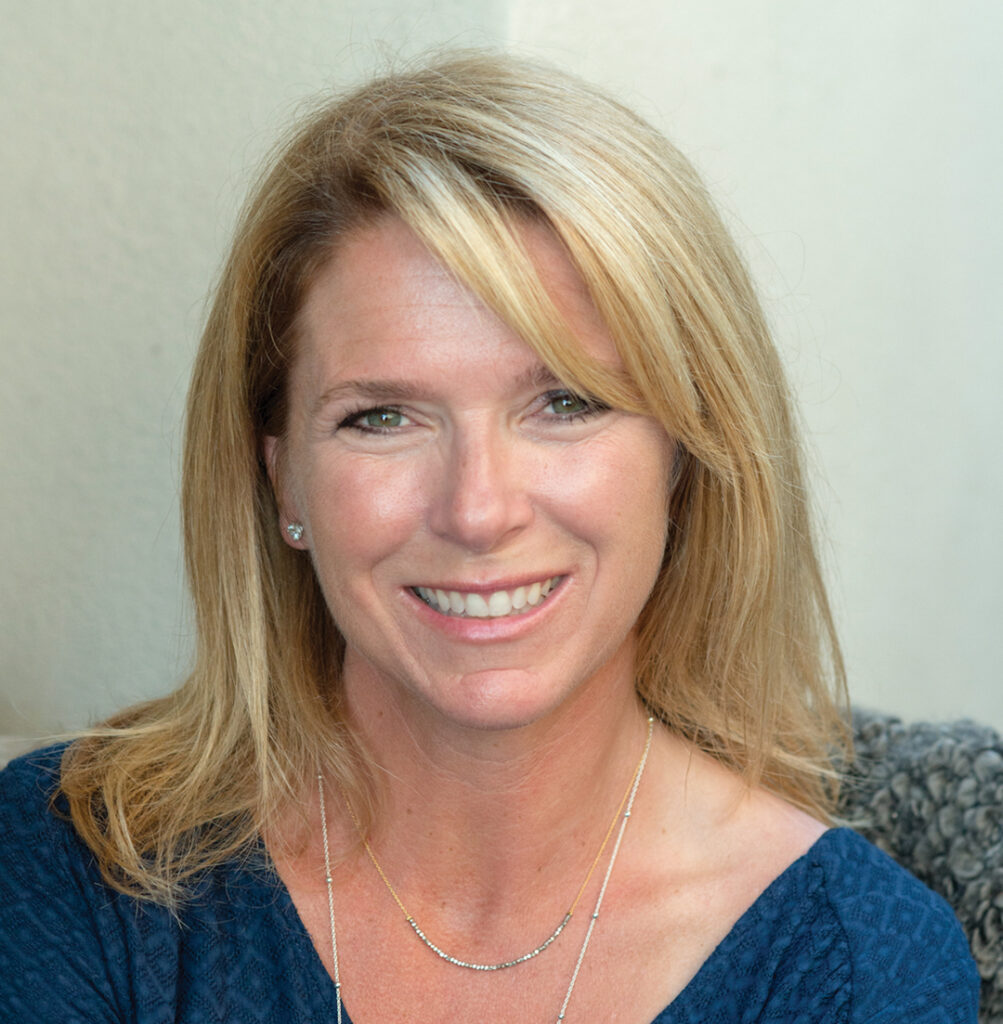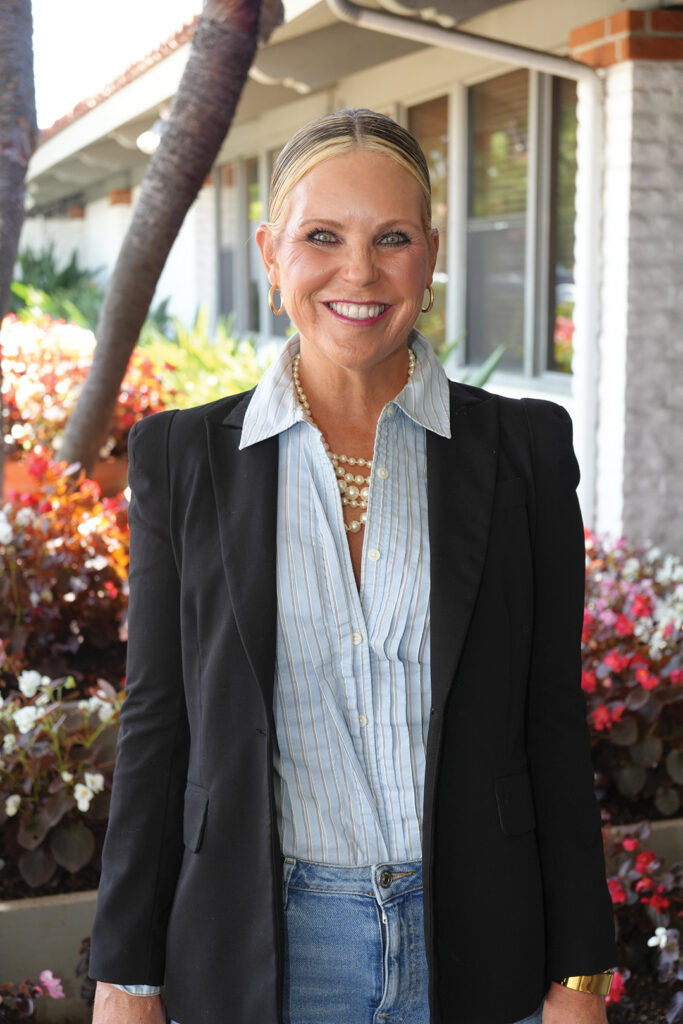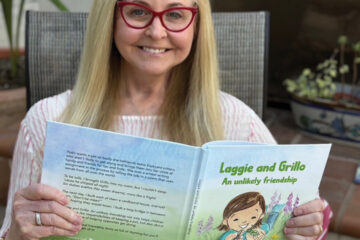College Application Guide
Professional advice for kids and parents navigating the complicated road to college

Applying to college isn’t what it used to be. In less than a generation, the competition is more fierce than ever, and with ever-changing requirements and procedures, the process can leave families feeling frustrated, confused, and disheartened. High school counselors are overwhelmed with caseloads and issues that extend well beyond the academic, leaving teens to go it alone or seek an alternative resource to guide them as they prepare to make one of the biggest decisions of their lives thus far. Enter: independent college counselors and consultants.
“A lot of it has to do with the access to the different college applications,” says Jennifer MacLure, a certified college counselor and the founder and CEO of My Pathway to College, of the current application and admissions climate. As MacLure explains, when parents of many current high school-age kids were applying to college, there was no internet to easily provide information about schools country-wide, from obscure to Ivy League, so most just applied to a small handful of schools they’d already heard of. “Now, with access to the internet, it really has changed everything,” she says, adding that the Common Application also expands the number of schools kids can discover and ultimately apply to. Plus, post-pandemic test requirements have changed, and in many cases have been dropped entirely, opening up new opportunities for teens to apply to schools they may not have previously considered due to less-than-perfect ACT or SAT scores. It sounds like a good thing, but it’s also led to surging application numbers, making things tougher not just for the number of applicants competing for limited spots, but for colleges trying to estimate just how many acceptance letters to send out in the first place — and how many kids will punch their ticket to attend.
Though teens can absolutely successfully navigate the process on their own, a college counselor can play a number of roles for them on the road to college, guiding course selection throughout high school to ensure their coursework supports their desired path (some suggest initial contact at the end of 8th grade), creating a balanced list of potential school options, setting timelines and keeping them accountable leading up to and through application submission, and alleviating the pressure the entire family can feel from the earliest stages through the crunch time of fall of senior year. According to Susan Morris, a certified college counselor with ICAN Consulting Group, this is essential. “The whole process is super stressful. It makes a big impact on your family life, and whatever you can delegate away from that is beneficial,” she says.
Independent counseling professionals are continuously educating themselves to keep abreast of the ongoing changes in admissions overall, individual colleges’ requirements, and new programs on campus through conferences, regular college campus visits, and direct relationships with the school admissions offices. Additionally, counselors often have experience reading applications and essays, giving them in-depth insider knowledge of exactly what colleges are looking for in prospective students. Of course that expertise comes with a cost — college counselors can run around $250 per hour or more — but the guidance they provide can be the difference between a smooth process and a frustrating one.
Whether or not applicants engage a counselor to mentor them on their way to college, several local experts in the industry have some universal recommendations to keep them on track throughout their process.
Know Your Competition
“It’s really important for students to know that they’re not being compared to some kid in Wichita. They are directly being compared to their peers,” says Morris. This means colleges have in-depth knowledge of the schools kids attend and the students who attend them. More rigorous or competitive high schools, districts, or cities lead to increased competition among the student body, and colleges will only accept so many kids from any school. All high schools have a profile that is publicly available and easily found online that describes its academic environment, demographics, student GPA breakdown, graduation rate, and more.
Knowing the colleges’ profiles is also extremely important. Every school publishes information known as the Common Data Set, which is packed with details similar to what can
be found on the high school profile plus its academic requirements, applicant profile, student life, financial aid statistics, application and admission numbers, and much more. Awareness of what any college’s student body looks like and who they’re admitting gives teens a better idea of how their own application stacks up.
Have the Right List
Thoroughly researching both high school profiles and college data is a key element to helping kids create their list of schools to apply to. “When people come to me and say, ‘We just want to apply to Harvard, Stanford, and UCLA,’ I think to myself, ‘Oh, that’s nice,’” says Carey Cimino, owner, founder, and independent educational consultant at Your College Journey. “But we need to have a balanced list. I don’t sleep at night unless I know my students have three ‘safe’ schools and three targets that I know would be a good fit for them, where they would be able to thrive, and that might throw them more merit money and perks.”
Evaluating the whole school in all its facets is critical. “Oftentimes I’ll see students come with a list of schools and it’s colleges they’ve just heard about and haven’t really researched in terms of fit, so making sure they’re really researching and thinking about what’s going to be the right fit for the student is key, not just the name brand,” says MacLure. “Ask: ‘Does it have my major? Is it going to be collaborative?’ Sometimes students will come in with a list of too many ‘reach’ schools and maybe they don’t even fit them that well.” Financial obligations are a major consideration. “I would never want a family to put a school on their list that’s outside of their budget,” MacLure says. “You want to make sure that family never feels like a dream killer.”
Counselors also advise parents to let go of preconceived ideas they may have of different schools whose profiles may be quite changed from decades ago. “I spend a lot of time dispelling the impressions of schools that were a certain way in the ’90s,” says Kelly Crotty, owner of Kelly Crotty College Consulting. “The parent needs to open their mind to that.” SDSU, for instance, was once the country’s No. 1 “party school.” Now, the average high school GPA of 41 percent of its first-year students is 4.0 or higher. “Open your mind to what you may not be considering,” adds Cimino, whether it’s in or out of state, public or private, large or small.
Even schools with slightly higher rates of acceptance or where an applicant might exceed the average admission profile are not a slam-dunk. “I no longer call it a ‘safety school’ because nothing’s ‘safe’ anymore, so that’s why I call it a ‘likely,’” advises MacLure.
Strategize on Applications and Acceptance
Timing of applications can be critical. Some schools offer “early action” and “early decision” options that enable students to apply early in the cycle and, in some cases, it can actually open up more opportunities for scholarships. Having achievable early action schools on kids’ lists can also be great confidence builders as acceptance letters begin hitting mailboxes. Additionally, some schools have a rolling admission process, giving earlier applicants an advantage. “They’re reviewing those applications as they come in. If you applied later in the winter and spring, they’ve already maybe filled up their class, so they’re becoming more selective later,” MacLure says. Note that while kids who’ve applied with early action do not have to accept immediately, early decision is binding. “They have to sign an agreement — their parents, the high school counselor, and then the student — committing that they are going to attend that college if admitted,” explains MacLure.
Even with a balanced list, well qualified applicants can and likely will receive a rejection letter, but when those come, they shouldn’t despair. A school’s wait list exists for a reason, and spots do open up. For instance, in its Fall 2022 admissions, Gonzaga University in Washington reported that of the 773 students who accepted a place on its waiting list, 495 students, or 64 percent, were ultimately admitted.
Avoid the Senior Year Slip-Ups
“The biggest senior year no-no is ‘senioritis,’ because colleges will uninvite you,” cautions Morris. “Every single admission is conditional, and you are admitted on the condition that you finish high school in the same manner to which you are accepted.” It’s a warning echoed by Cimino. “You can’t slack,” she says. “Colleges want to see students who are interested in learning. So, they can read between the lines on your coursework in your free periods.” And it’s not just filling the course schedule, but the level of classes kids take that matters. “Kids must maintain their rigor of schedule,” explains Crotty. “Show that you took the hardest classes that were available at your school, and you did as well as you could.”
Morris also advises taking extra care to ensure everything on the application is accurate, especially as grades are self-reported. Any mistakes or worse, misrepresentation, and, to put it bluntly, “you’re toast,” she adds. Overwhelmed teens seeking ways to expedite their process by using AI should be warned, as well, that while there may not currently be a way to detect it as colleges can with plagiarism-detecting software, it’s more obvious than they might think. Same goes for the parents who just want to add some polish to their kids’ applications. “They need to sound like it’s written by a 17-year-old girl, not a 45-year-old male,” says Cimino. “It’s maintaining this student’s authentic voice that we really have to be careful of.”
Lastly — and it’s a big one — kids must recognize the significance of their online profile beyond their application. “I tell every client this: Your social media cannot have anything that could be embarrassing to you or a school,” says Crotty. “Every school has committees that are looking into social media and making sure that you are not being offensive.” And even posts from long ago can be detrimental, meaning kids as far back as middle school age should be judicious about what goes live.
Despite the stresses that come with the process, counselors have seen enough to know it does work out, so Morris advises teens to try to focus on the big picture. “Spend as much time as you can with your family, because it’s never going to be the same again,” she says. “Enjoy your friends, enjoy your last year of high school — not too much! — but take a minute to just appreciate what you have.”









Comments